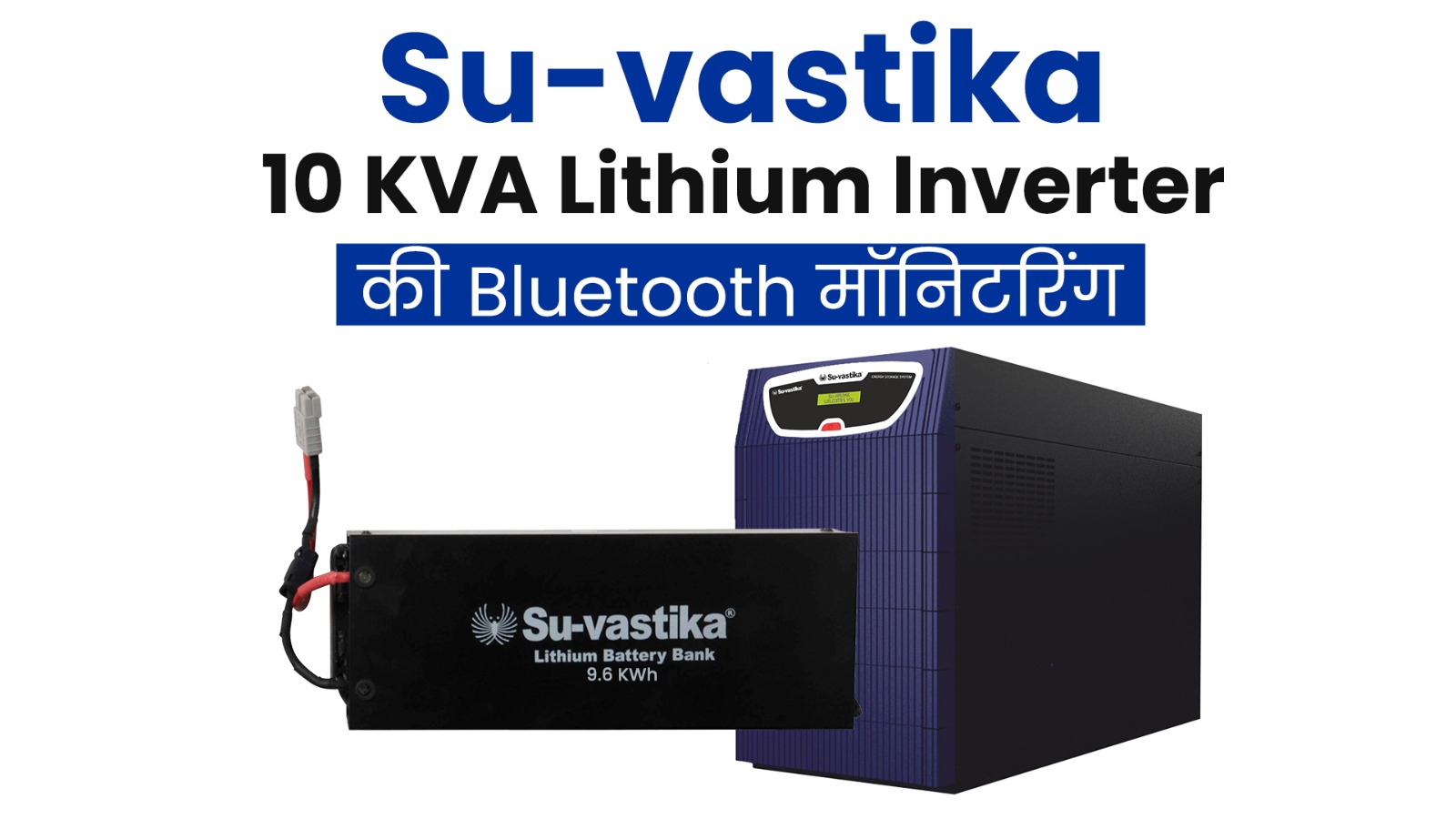Title: Why Lithium Battery Technology is Set to Revolutionize the Energy Storage Industry
For decades, the energy storage industry has been dominated by a familiar technology: the lead-acid battery. From SMF batteries in our home inverters to the tubular batteries in Inverter, UPS and solar setups, they have been the default choice. However, a significant technological shift is underway. Lithium battery technology, particularly Lithium Iron Phosphate (LiFePO4), is poised to completely revolutionize the battery storage landscape within the next five years.

This isn’t just an incremental upgrade; it’s a paradigm shift. The limitations of lead-acid are becoming too significant to ignore, especially as our reliance on reliable backup power and solar energy grows. Let’s break down the key reasons why lithium is the undeniable future of energy storage.

1. Unmatched Cycle Life: 3x to 8x Longer Lifespan
The Lead-Acid Challenge:
A lead-acid battery’s life is notoriously short and fragile. Its lifespan is typically measured at a meager 400 to 500 cycles (one cycle = one full discharge and recharge). This life is severely compromised by user maintenance errors. The need to periodically refill with distilled water is a major pain point. Using incorrect water (like RO or normal tap water) introduces impurities that degrade the battery plates, slashing its already limited life. Even “maintenance-free” gel batteries suffer from a steep decline in performance if exposed to high temperatures.
The Lithium Advantage:
LiFePO4 batteries are engineered for longevity. With a high-quality Battery Management System (BMS) regulating every charge and discharge cycle, they operate with minimal heat and stress. This results in an impressive 1,500 to 4,000+ cycles while maintaining most of their original capacity. In practical terms, this means a lithium battery can last 5 to 10 years instead of the 1.5 to 3 years you might expect from lead-acid, providing far better long-term value.
2. True Power Delivery: Consistent Capacity at Any Discharge Rate
The Lead-Acid Challenge:
Lead-acid batteries are rated at a C20 discharge rate. This means their advertised capacity (e.g., 200Ah) is only achievable if you draw a tiny amount of power over 20 hours. If you draw power faster—which is common when running multiple appliances—the usable capacity plummets. Discharging at a 50% rate can effectively halve the available capacity. This inconsistency makes calculating backup times frustratingly inaccurate.
The Lithium Advantage:
Lithium batteries are typically rated at a C1 discharge rate. This means they can deliver their full rated capacity even at high power draws. Whether you’re running a few fans or a full air conditioner, the battery delivers what it promises. This reliability is a game-changer for applications like heavy-duty inverters, UPS systems, and solar storage, where predictable performance is critical.
3. Superior Thermal Stability and Safety
The Lead-Acid Challenge:
Gel and lead-acid batteries are highly sensitive to temperature. High ambient temperatures, often encountered in Indian summers, can cause thermal runaway, accelerate water loss, and permanently damage the battery, reducing its lifespan and creating safety hazards.
The Lithium Advantage:
LiFePO4 chemistry is inherently more stable and safer than other lithium-ion types. It is highly resistant to thermal runaway, even under stressful conditions. Coupled with a smart BMS that constantly monitors temperature, voltage, and current, these batteries operate safely and efficiently across a much wider temperature range, ensuring consistent performance year-round.
4. Space and Weight Efficiency: A Fraction of the Footprint
The Lead-Acid Challenge:
Creating a high-voltage DC system (e.g., 48V or 120V) with lead-acid requires connecting multiple 12V batteries in series. This setup consumes a massive amount of space, requires complex wiring, and leads to power losses across the connections. The individual batteries also need spacing for ventilation, further increasing the footprint.
The Lithium Advantage:
Lithium batteries are incredibly energy-dense. A single, compact lithium battery pack can replace a entire bank of lead-acid batteries, taking up as little as one-fourth of the space and weighing significantly less. This simplifies installation, reduces wiring losses, and offers incredible flexibility for both residential and commercial installations.
5. Intelligent Cell Balancing and Management
The Lead-Acid Challenge:
A single 12V lead-acid battery has six cells. There is no way to actively balance the charge between these cells. Over time, they become imbalanced, with some cells overcharging and others undercharging. This inefficiency is a primary reason for their premature failure. Balancing an entire bank of multiple batteries is practically impossible for a user.
The Lithium Advantage:
Every quality lithium battery has a built-in Battery Management System (BMS). This “brain” actively monitors and balances the charge across each individual cell within the pack. This ensures every cell performs optimally, prevents overcharging/over-discharging, and is the single biggest factor in achieving the technology’s legendary cycle life.
Conclusion: The Inevitable Shift is Here
The comparison is no longer close. While the initial purchase price of lithium may be higher, its superior cycle life, zero maintenance, consistent performance, and space savings make it the most cost-effective solution over its lifespan.
The energy storage industry is at a tipping point. As awareness grows and prices continue to become more competitive, lithium technology will undoubtedly push lead-acid batteries out of the mainstream storage business. The revolution isn’t coming—it’s already here. The question is no longer if you should switch, but when.
Ready to Make the Switch?
When evaluating lithium batteries, always look for a reputable brand with a robust BMS and a clear warranty. Investing in this future-proof technology today will ensure reliable, hassle-free power for years to come.
For further reading on the necessary shift from lead-acid to lithium-ion, you can check out this article from SolarQuarter.
